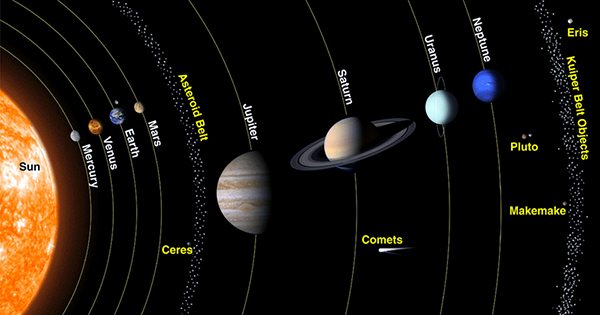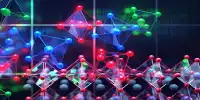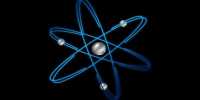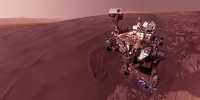NASA’s new horizons transcend Pluto and the Kuiper belt object Arrokoth, billions of kilometers from the Sun. This position gives it a unique position to answer an interesting question: how dark is the place? And it’s probably darker than previously thought. First of all, let’s work with Albers’ paradox. Why is the universe dark in the first place? There are stars and galaxies in every direction you can go! Shouldn’t it be brighter? Well, no. This is because the universe is expanding and the speed of light is limited, so as the universe gets bigger, the light from distant objects expands more than we can see.
But what we don’t see clearly has an effect, and that’s where the New Horizons study comes in. We see the light in billions of galaxies. The rest of the light should somehow be a general faint aura, indicating their presence. It turns out that this avalanche refers to a weaker, visible universe with fewer galaxies than expected.
Using the Hubble Space Telescope, astronomers previously estimated that orbiting observers were able to see only 10 percent of all galaxies in the universe, leaving the total number of galaxies at about 2 trillion. Instead it is inferred from the new horizon that the number is too high. The halo of this unresolved galaxy is now brighter than 1.8 trillion galaxies. The team thinks that Hubble will see about half of all the galaxies in the universe.
A lead author of the study, Marc Postman of the Space Telescope Science Institute in Baltimore, said in a statement, “This is an important number to know – how many galaxies are there?” “We don’t just see light from two trillion galaxies.”
The new horizon is 7.4 billion kilometers (4.6 billion miles) from the Sun. All the way out, it does not experience the flashing of the zodiac light, which is a lot of dust from the solar system’s inner solar system (and PhD content on the subject of Queen Guitarist Dr. Brian Meyer’s thesis). By The sky surrounding New Horizons is 10 times darker than the darkest sky accessible under the Hubble Space Telescope.
Tod Lauer of NSF’s NOIRLab, a lead author added on the study, “This kind of measurement is very complex. A lot of people have been trying to do this for a long time.” “The new horizons have provided a vantage point for measuring cosmic optical backgrounds than anyone would be able to do it.”
The exact composition of the source of the glow is uncertain. It could be very distant galaxies, it could orbit very large dwarf galaxies in large and nearby galaxies, and it could also be the innumerable stars living in the spherical hollows of galaxies. With the launch of the James Webb Space Telescope later this year, we can finally get an answer to this question. The current work has been adopted for publication in the Astrophysical Journal and was presented at the Virtual 237th meeting of the American Astronomical Society.















